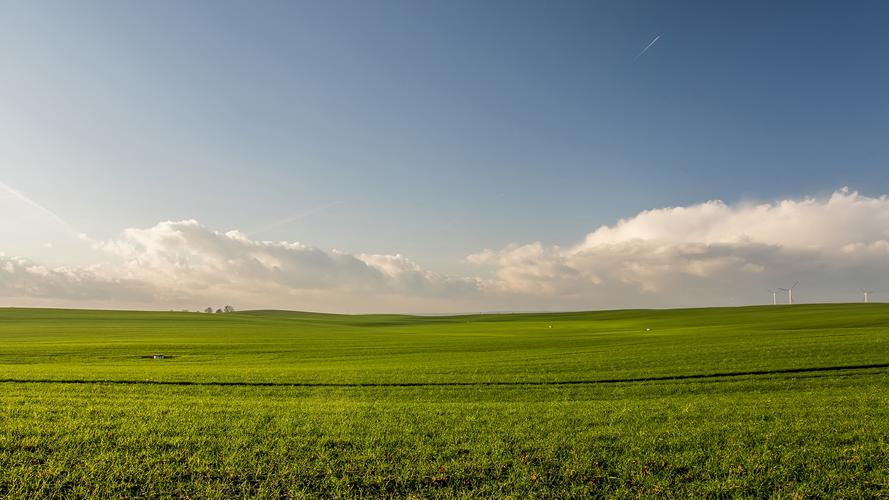Top 5 Sources of Renewable Energy You Need to Know About
Today, renewable energy is changing the world. Powering homes and businesses, it’s transforming the way we live and work. In this article, we take a closer look at the top five sources of renewable energy that you need to know about.
Solar Energy
Solar energy is the most common form of renewable energy, with the potential to power the entire planet. The technology to harness solar power is constantly improving, making it more affordable and efficient. Today, solar panels can be installed on rooftops, generating clean energy for homes and businesses. While the initial investment can be costly, the savings on energy bills make solar energy a smart long-term investment.
Wind Energy
Wind energy is another popular source of renewable energy. From wind turbines on the hills to offshore wind farms, wind power is becoming an increasingly common sight. While wind energy can be cost-effective in certain regions with strong winds, it’s not always viable for everyone. However, for those living in areas with frequent gusts, investing in a small wind turbine could be a sound decision.
Hydro Power
Hydro power, generated by flowing water, is another form of renewable energy. While hydro power is typically associated with large dams and reservoirs, it can also be harnessed by smaller-scale projects. For example, a waterwheel installed in a stream can produce enough energy to power a small home or cottage. While hydro power may be limited to certain areas, it’s a valuable option for many.
Geothermal Energy
Geothermal energy is produced by the heat of the earth’s core. Although not as common as solar or wind energy, it’s a promising source of renewable energy. Geothermal systems tap into the natural heat of the earth to provide heating and cooling for homes and buildings, making it an attractive option for environmentally-conscious homeowners.
Biomass Energy
Biomass energy is generated by burning organic materials like wood chips, crop waste, and manure. As long as new plants are grown to replace the ones that are burned, biomass energy can be considered a renewable resource. In fact, some farmers use biomass energy as a way to generate income from their crops. Biomass energy is not as common as solar or wind energy, but it has its place in the renewable energy landscape.
Conclusion
These top five sources of renewable energy offer a range of options for homeowners, businesses, and communities to develop sustainable energy systems. Solar, wind, hydro, geothermal, and biomass energy are all promising forms of renewable energy, and each one has its own set of unique advantages. While there’s still a long way to go in the shift towards renewable energy, it’s encouraging to see the progress that’s already been made.




